What did the interior used to look like?
| The Clarke is listed as on the National Register of Historic Places, meaning that it has been found to be a significant cultural or architectural landmark. The Clarke earned that designation due to its special architectural design, done by Albert Pissis, who was a San Francisco architect who helped to rebuild San Francisco after the 1906 earthquake. The exterior of the building is glazed terracotta tile, an unusual material that in Eureka appears exclusively on the Bank of Eureka building. |
| Pissis designed and built the Bank of Eureka building at a time when neo-classical architecture was popular. Architects drew on design motifs from Greek and Roman architecture including columns, leaf designs, and cadeuces, and worked to emulate the detailed decor of Grecian and Roman architecture. That included marble flooring and incredibly detailed ceiling work on the interior of the building. Thanks to a building restoration expert Lisa Jarrow, we discovered that all that detailed work was once covered in gold leaf, which was a time consuming process with spectacular results. |
Why restore the interior of the building?
| Being a NRHP listed location, it's part of our duty as building owners and stewards of history to maintain this building's historical integrity for the future, while also ensuring that building remains useful and relevant to our community. Restoring our lighting gets us a step closer to emulating the historic grandeur of the building, while wiring the chandeliers and overhead lighting for energy efficiency helps us serve our community by lessening our energy usage footprint. The new lighting allows for flexibility in how the space is used, by providing more light when needed and less when it isn't and the return of the chandeliers encourage visitors to look up where all the detailed design work is. With this project and our ongoing paint restoration project, we're doing our part to maintain this landmark of local and national significance. |
Where is the project at?
If the project is already in process, why is money still being raised?
| Additionally, with projects like this, it's typical for estimates for work, time, and materials to be higher than anticipated. We want to be sure that the project is fully covered, no matter what the final costs turn out to be. If there is any money left over from our fundraising efforts, it will be fully invested into other ongoing infrastructure projects, such as the addition of carpet to the non-marble flooring parts of the Main Hall, new carpeting to replace the 40 year old Nealis Hall carpeting, and restoring the interior and exterior of the Bank of Eureka building. |

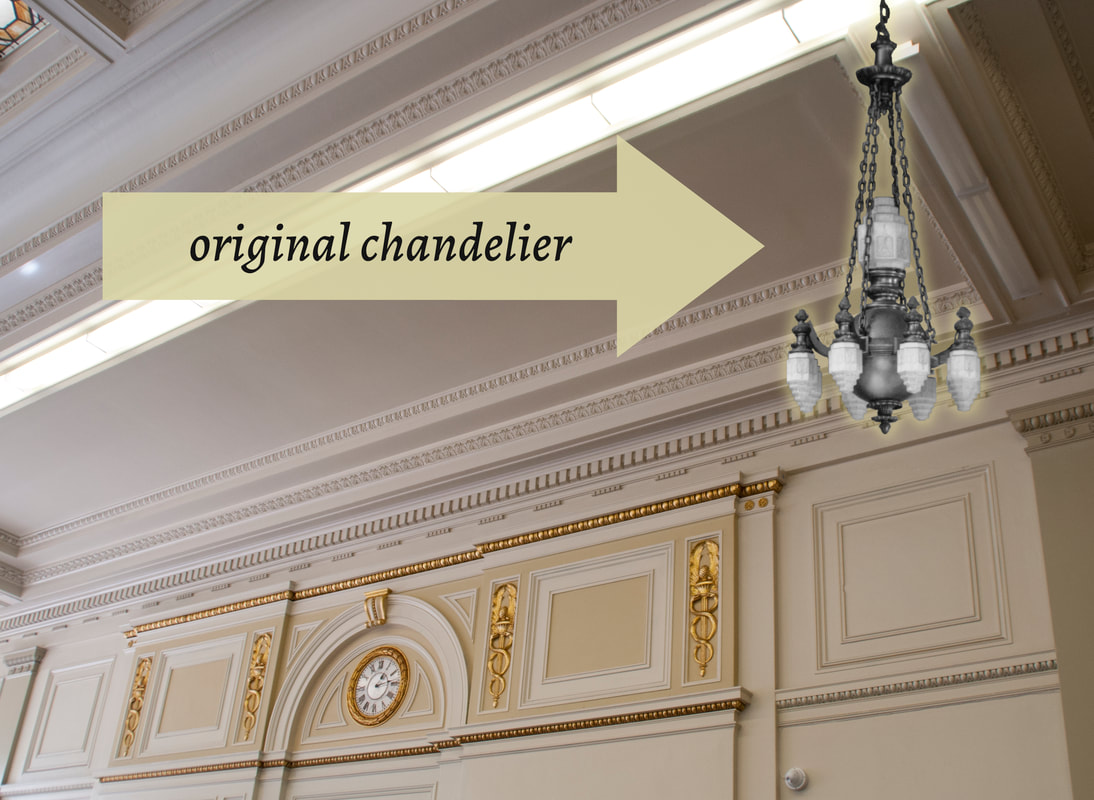
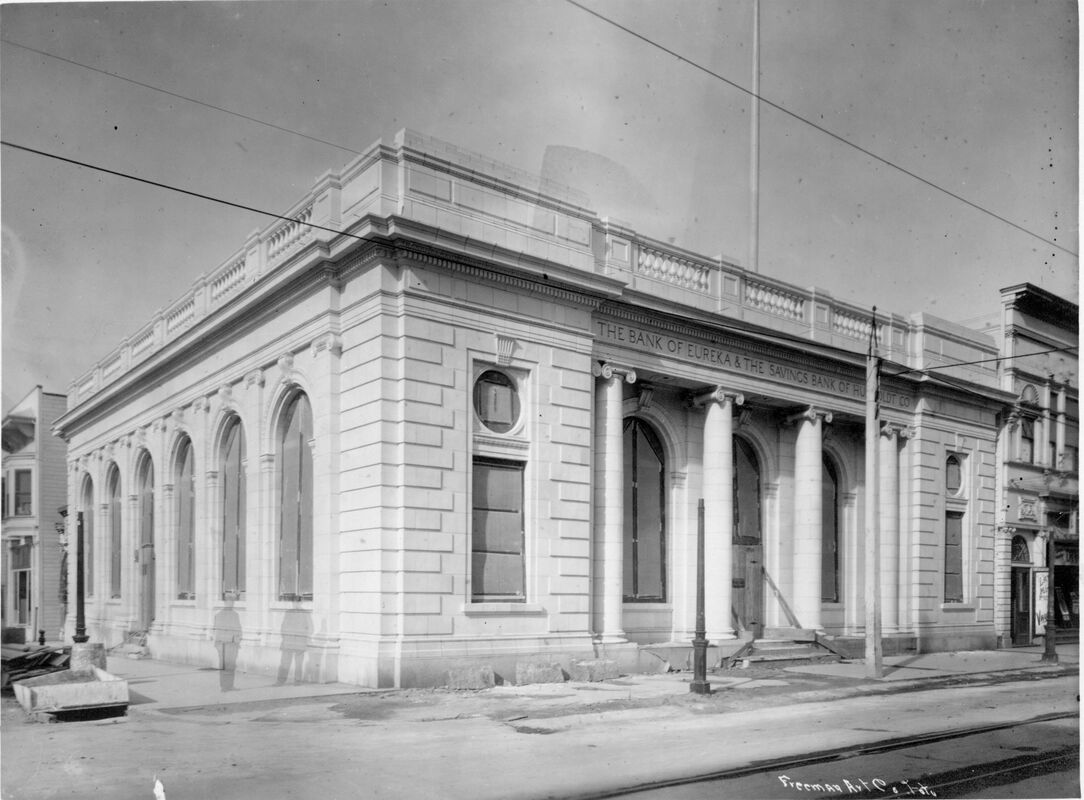
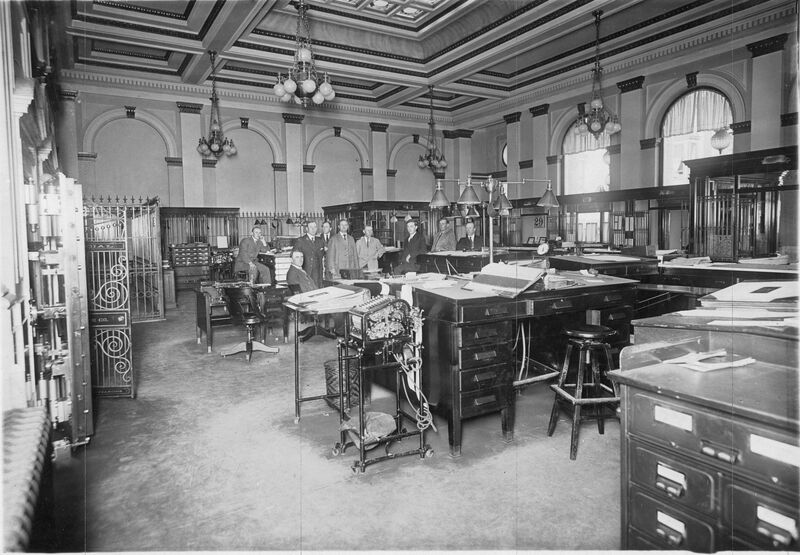
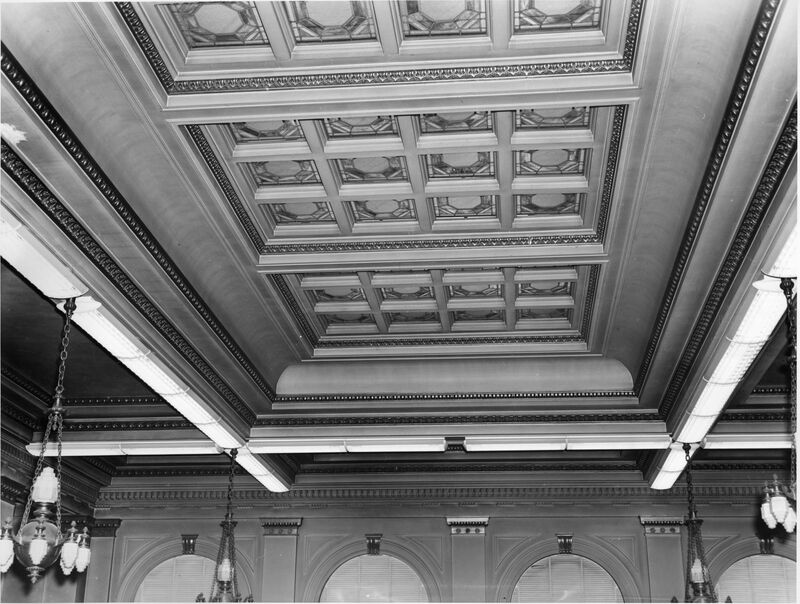
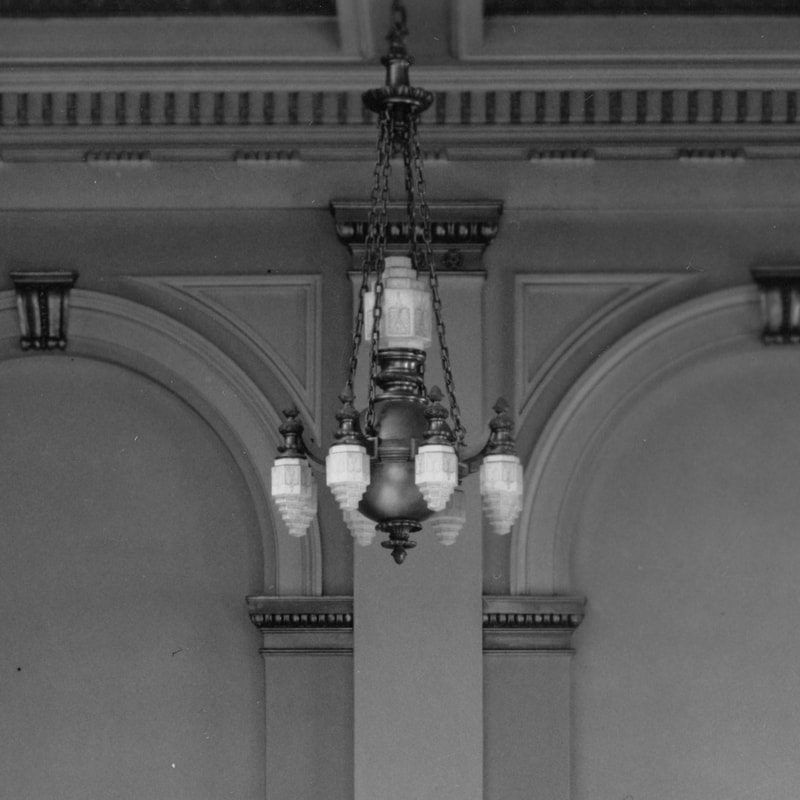

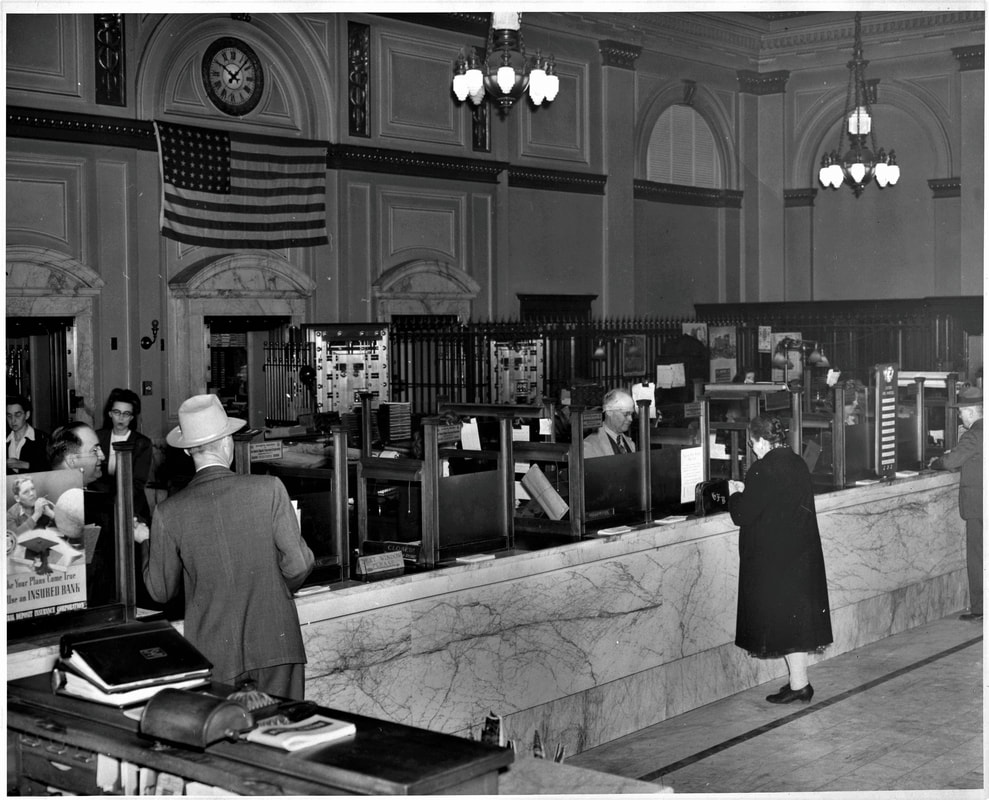
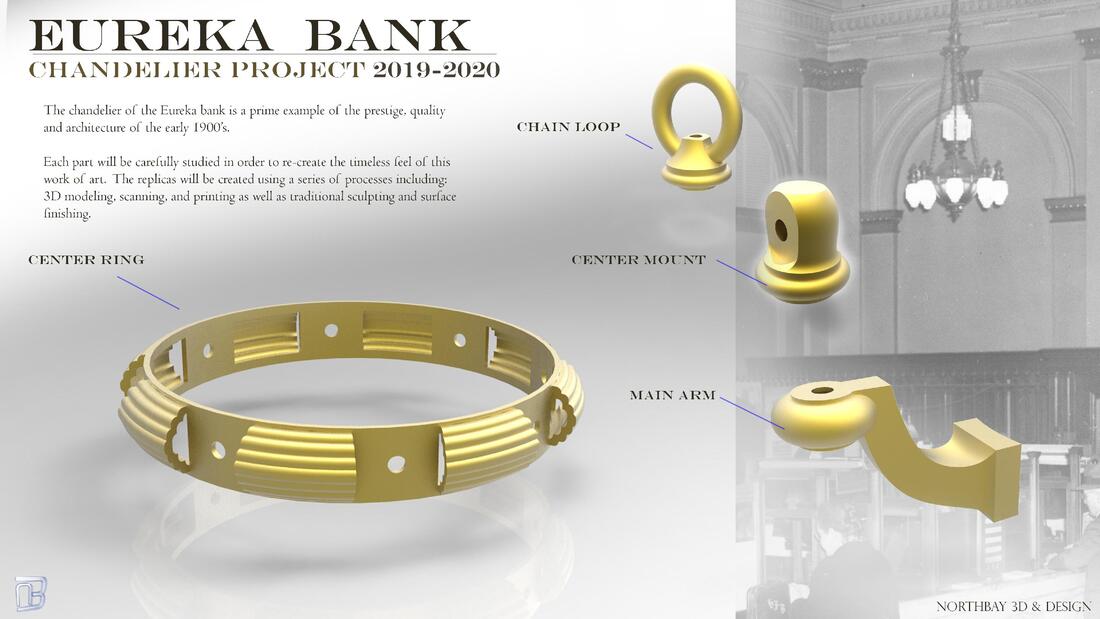
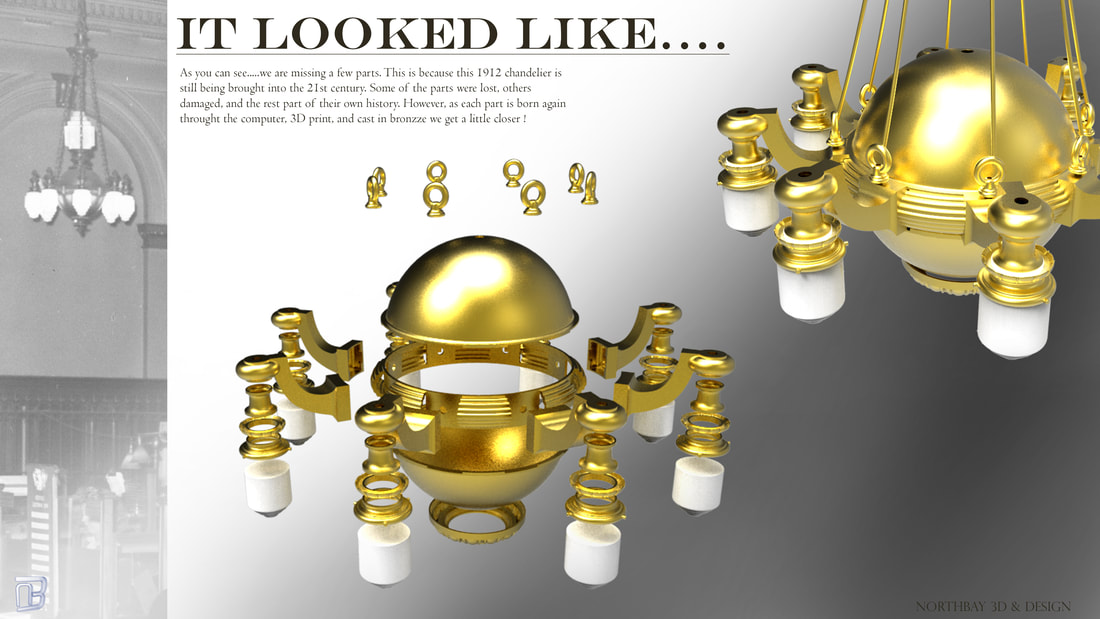
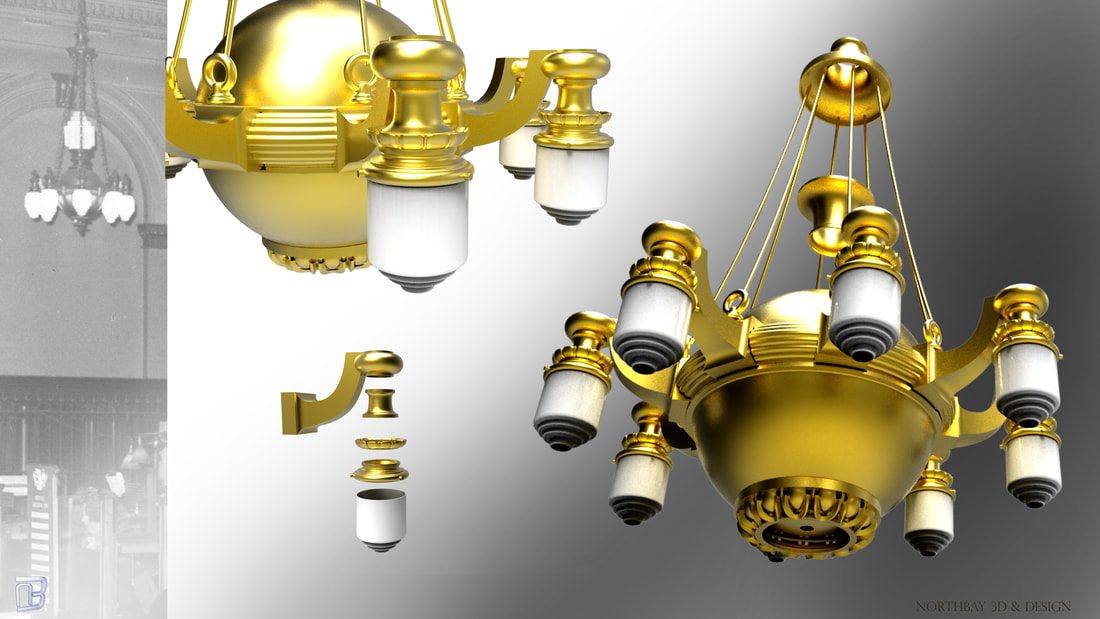
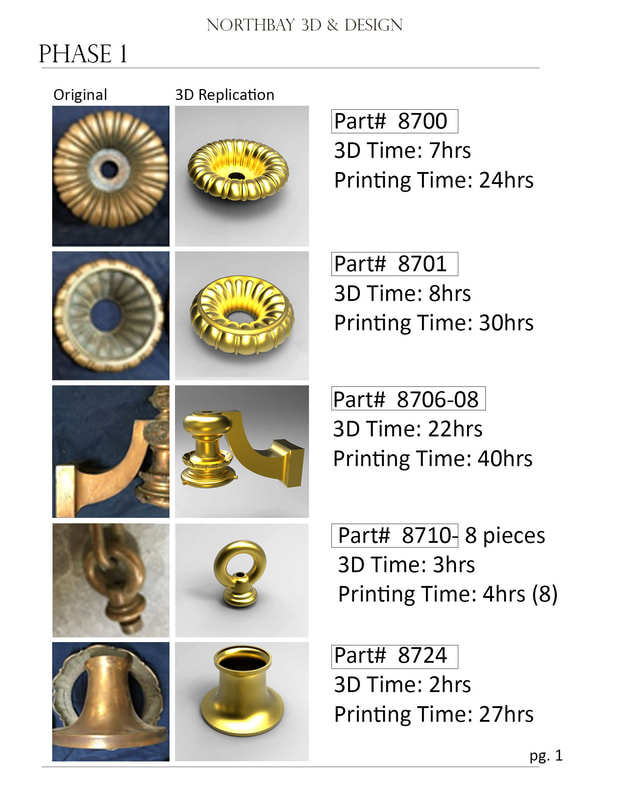
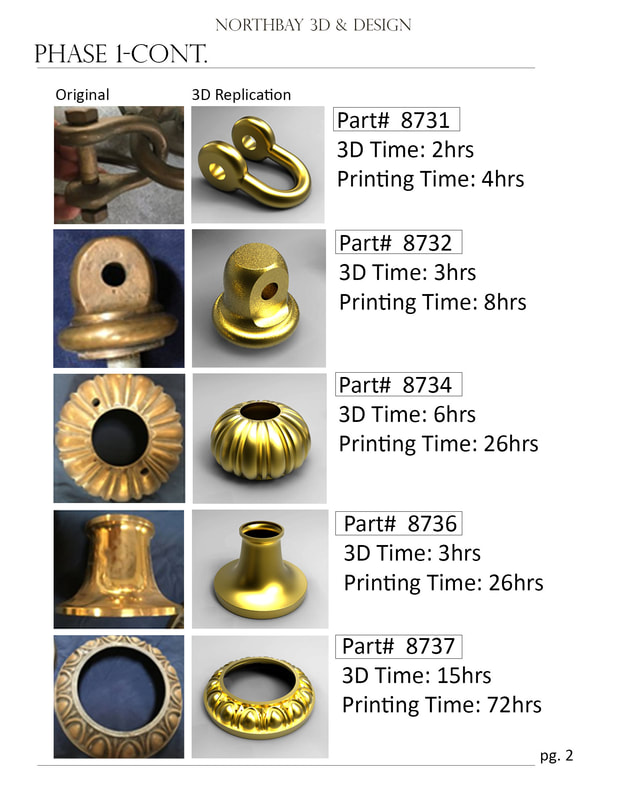
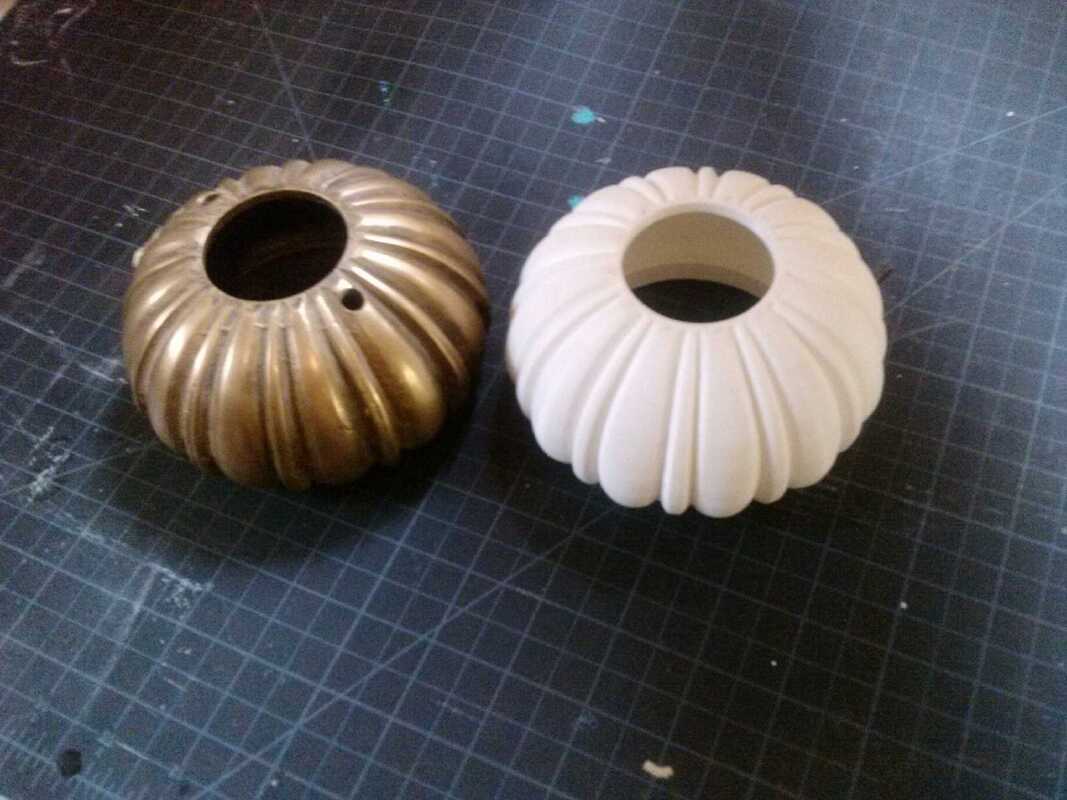
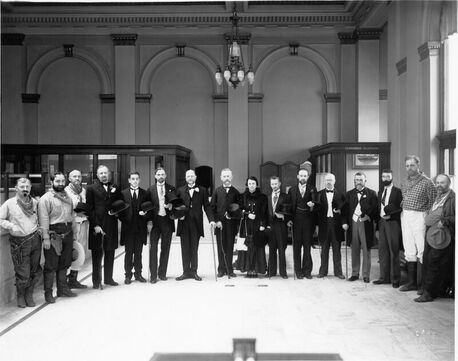
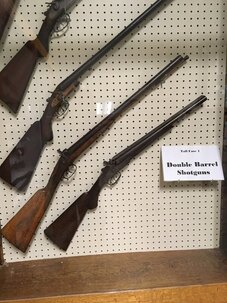
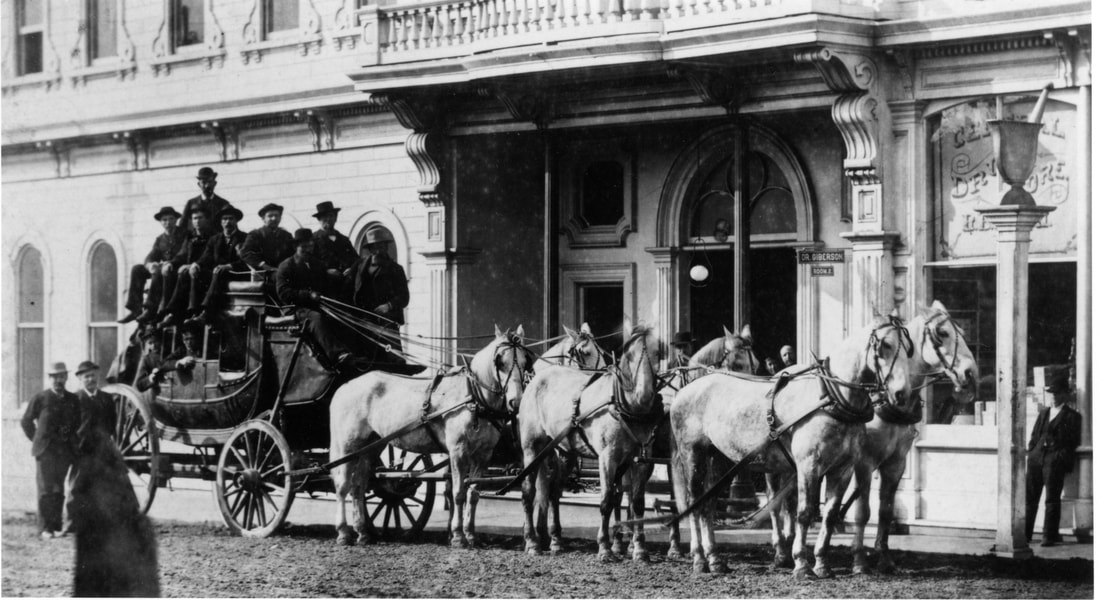
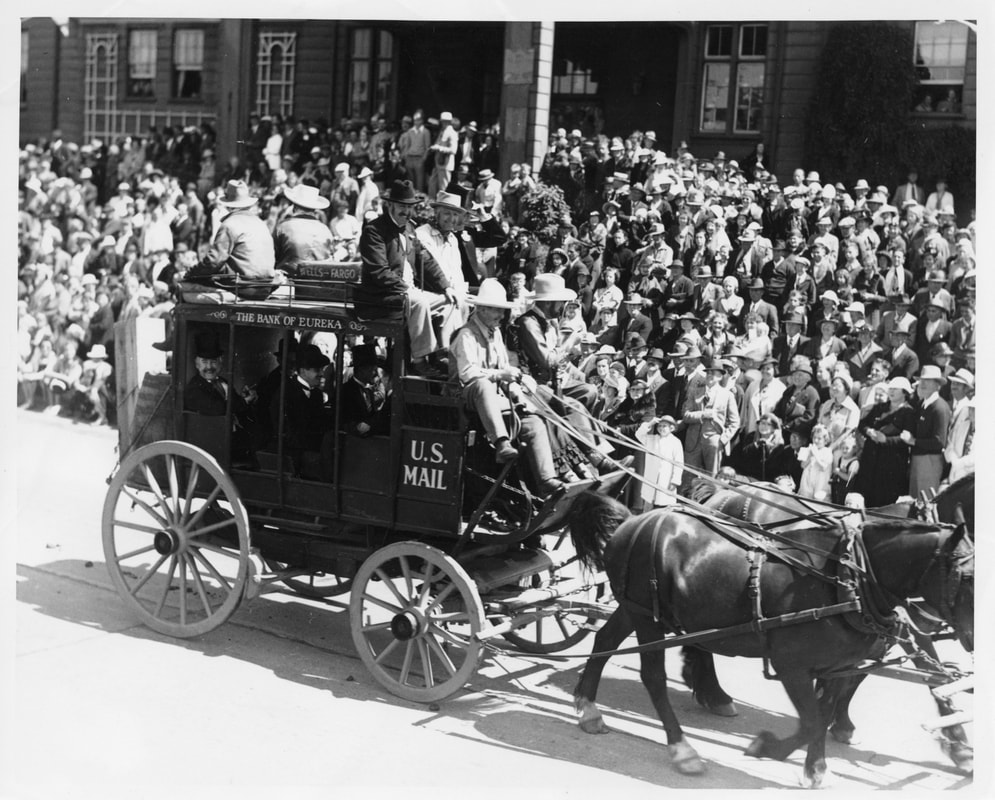
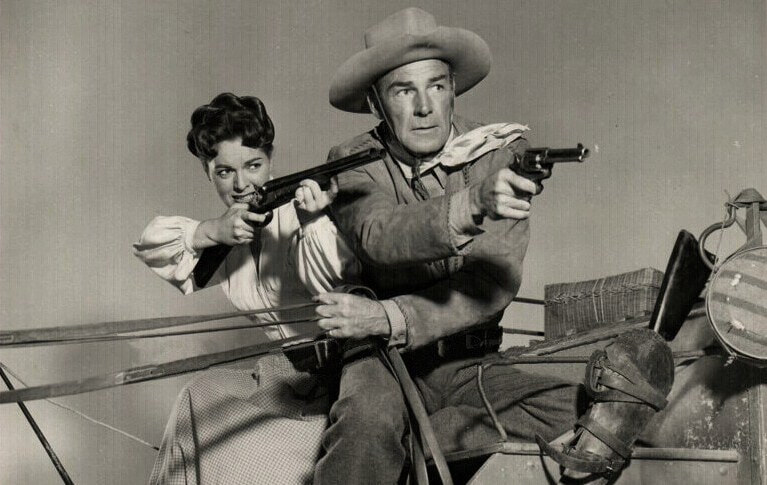
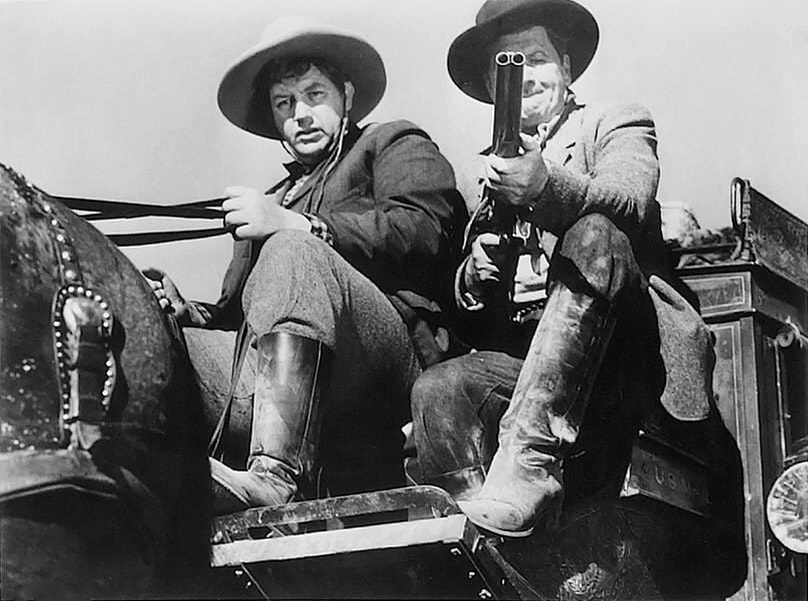
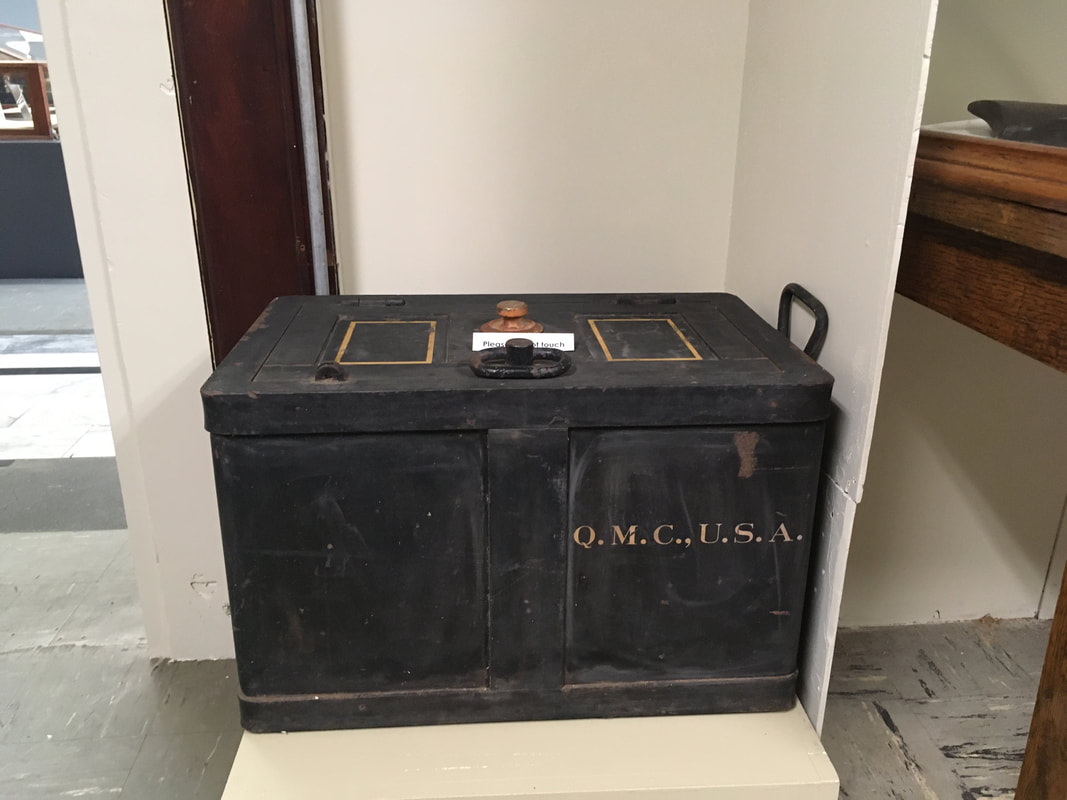
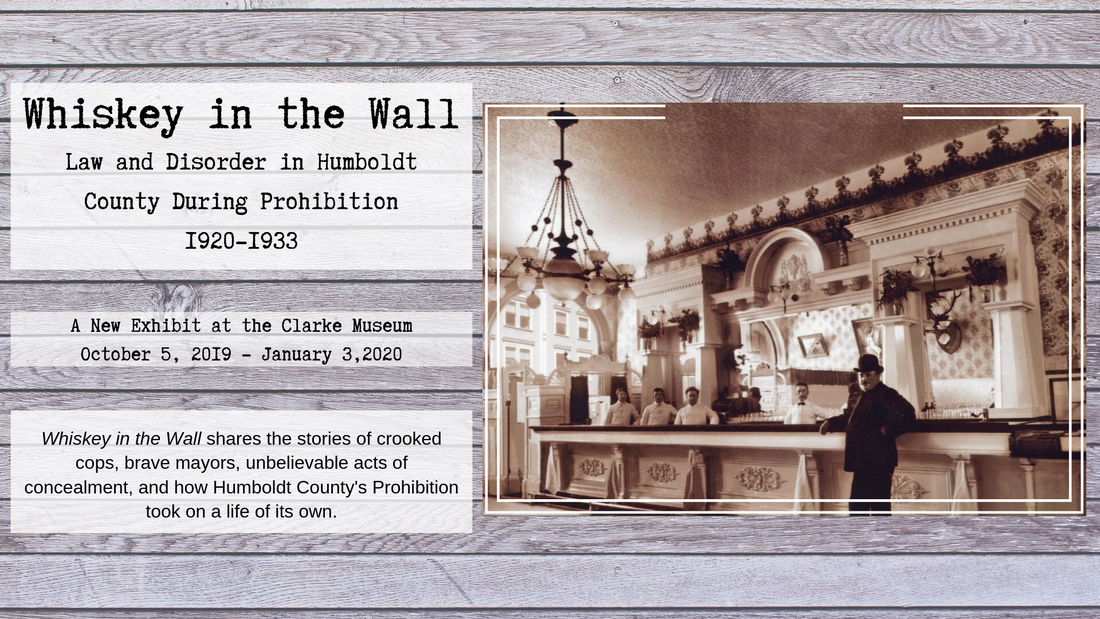
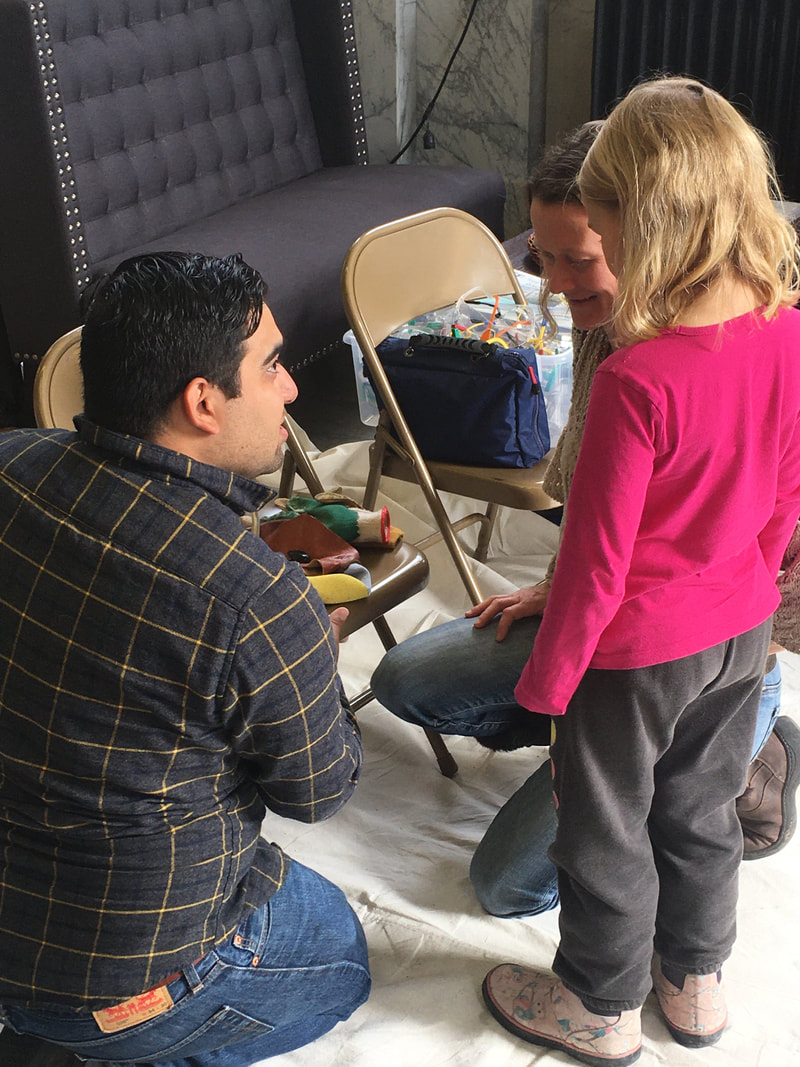
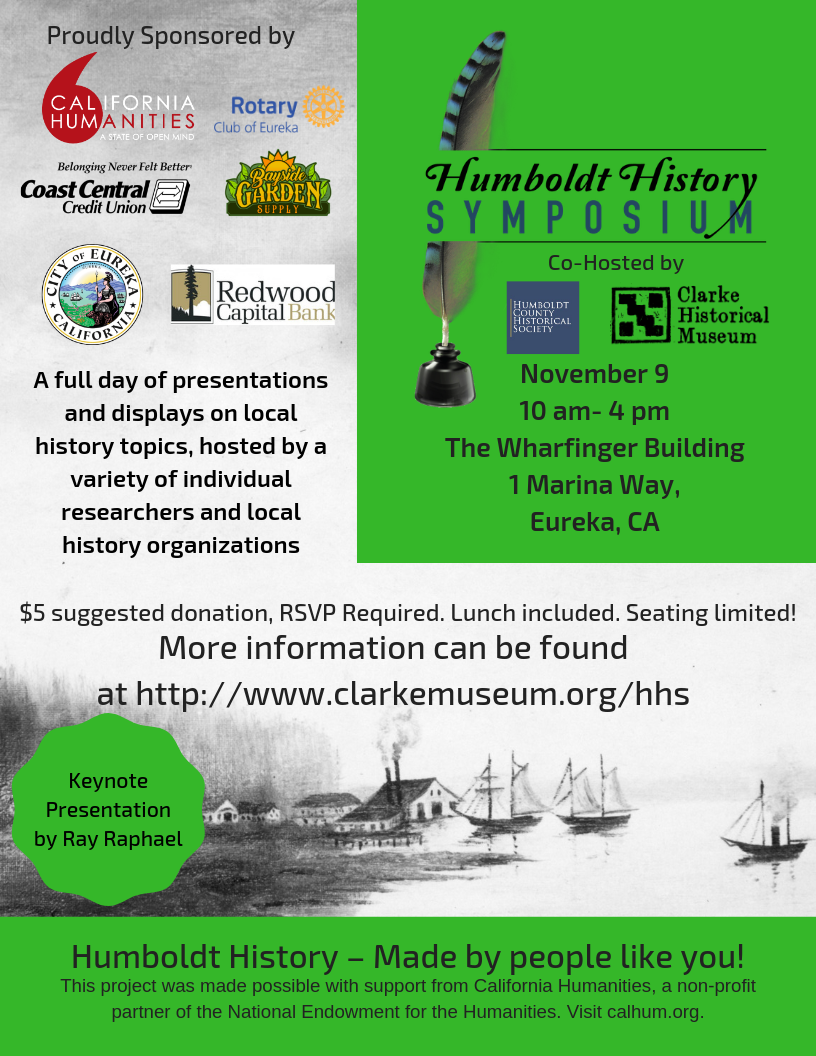
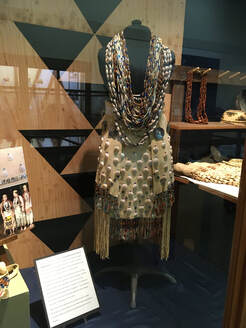
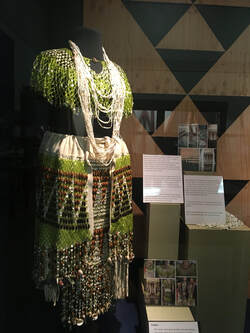
 RSS Feed
RSS Feed